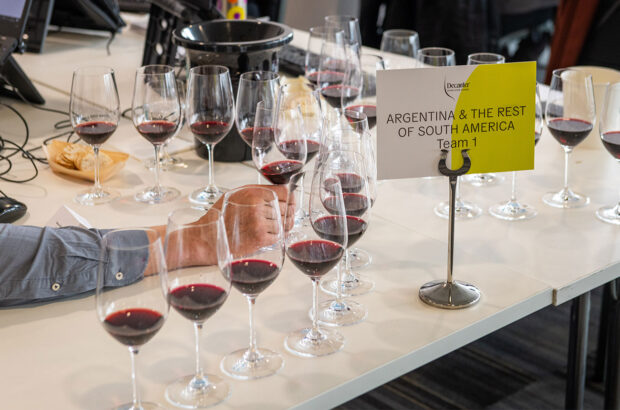When those who know it think of Idaho, which has its western border with Oregon and Washington, images of the resort town of Coeur d’Alene and river and snow sports come to mind.
For those who don’t know Idaho, you probably think: potatoes. But the climate that makes it ideal for cultivating world-class spuds – namely hot days and cool, crisp nights – also provides the perfect conditions for growing wine grapes with balanced fruit ripeness and acidity.
Scroll down for tasting notes of eight great-value buys from Idaho under $35
French and German immigrants began cultivating vines in northern Idaho, around the city of Lewiston, in the 1860s. The state’s wine industry continued to build momentum until Prohibition’s devastating effects in 1919. It was not until the 1970s that vineyards were replanted with intention.
Today, optimal growing conditions, affordable land and innovative winemakers have spawned a thriving wine industry that in 2019 brought $209 million to the Gem State’s economy.
According to Moya Dolsby, executive director of the Idaho Wine Commission, the state is home to 69 wineries and more than 60 vineyards. They produce 2,118 tons of grapes, averaging 160,000 cases of wine a year.
Laid-back and approachable, Idaho’s wine tasting rooms carry a ‘come as you are’ vibe. Many local, interstate and international visitors pop in via the numerous bike trails that thread throughout the wine regions.
Keeping it real
It’s a contrast to the many commercially driven tasting rooms in nearby states. Idaho wineries pride themselves on ‘keeping it real’, with family-owned properties showcasing grape growing, winemaking and old-fashioned hospitality.
‘And there’s a good chance you may end up talking to somebody whose name is on the bottle,’ says Mike Williamson, fourth-generation winegrower at Williamson Orchards & Vineyards.

Mike Williamson (left), his sister Beverly Williamson-Mack and their cousin Patrick Williamson co-own and run Williamson Orchards & Vineyards in the Snake River Valley AVA. Their 2019 Albariño (made by Greg Koenig) was best in show at the 2020 Idaho Wine Competition.
Idaho’s wine-growing landscape stretches between 42°N and 49°N, sharing a similar latitude with Provence and Languedoc-Roussillon in southern France.
Perfectly situated between the Rocky Mountains and Snake River, it’s a continental climate with significant diurnal shifts, boasting ancient volcanic soils and pristine water sources.
Idaho has three recognised AVAs: Snake River Valley, Eagle Foothills (a tiny AVA within Snake River Valley) and Lewis-Clark Valley.
Snake River Valley is the largest, home to 90% of the vineyards. With more than two million hectares, the AVA straddles into northeastern Oregon, while about 30% of Lewis-Clark Valley’s 124,000ha hops the state line into Washington.
Idaho’s most planted varieties include Cabernet Sauvignon, Merlot and Syrah with significant support from Riesling, Chardonnay and Gewürztraminer. However, Tempranillo, Malbec and Viognier are gaining ground, especially in the volcanic soils of Snake River Valley.
As one of America’s fastest-growing wine regions, Idaho’s fresh, fruit-forward wines are already showing great potential, and still with very attractive price points.
Idaho wine at a glance
Producers 69 wineries and 60 vineyards
Area under vine 526ha
Vineyard elevation 180m-400m
AVAs Snake River Valley, Eagle Foothills, Lewis-Clark Valley
Main grapes Cabernet Sauvignon, Merlot, Syrah, Riesling, Chardonnay, Gewurztraminer
Average annual production 160,000 cases
Annual crush (2019) 2,118 tons
Wine produced (2019) 1.7 million litres
Market share (2019) 15.5% of all wine sold in Idaho was Idaho wine








